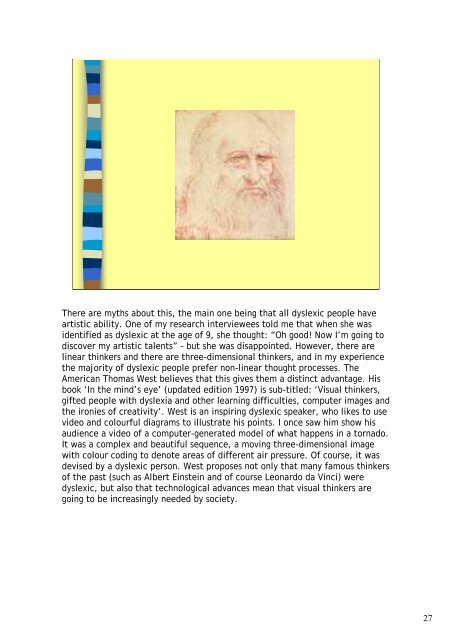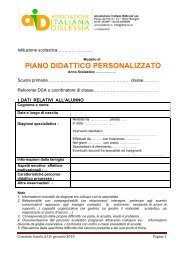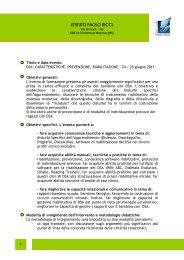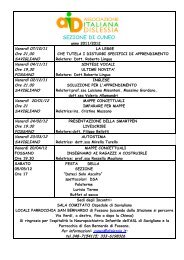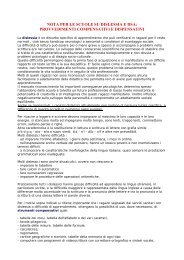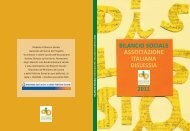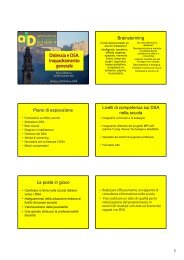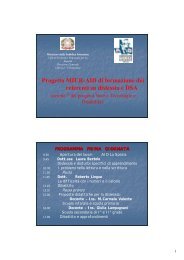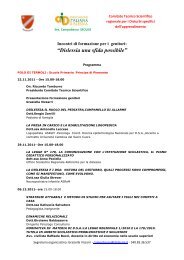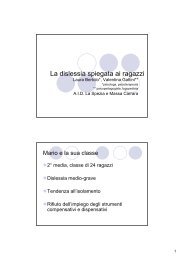Una visione d'insieme della dislessia nel Regno Unito e nel resto ...
Una visione d'insieme della dislessia nel Regno Unito e nel resto ...
Una visione d'insieme della dislessia nel Regno Unito e nel resto ...
Create successful ePaper yourself
Turn your PDF publications into a flip-book with our unique Google optimized e-Paper software.
There are myths about this, the main one being that all dyslexic people have<br />
artistic ability. One of my research interviewees told me that when she was<br />
identified as dyslexic at the age of 9, she thought: “Oh good! Now I’m going to<br />
discover my artistic talents” – but she was disappointed. However, there are<br />
linear thinkers and there are three-dimensional thinkers, and in my experience<br />
the majority of dyslexic people prefer non-linear thought processes. The<br />
American Thomas West believes that this gives them a distinct advantage. His<br />
book ‘In the mind’s eye’ (updated edition 1997) is sub-titled: ‘Visual thinkers,<br />
gifted people with dyslexia and other learning difficulties, computer images and<br />
the ironies of creativity’. West is an inspiring dyslexic speaker, who likes to use<br />
video and colourful diagrams to illustrate his points. I once saw him show his<br />
audience a video of a computer-generated model of what happens in a tornado.<br />
It was a complex and beautiful sequence, a moving three-dimensional image<br />
with colour coding to denote areas of different air pressure. Of course, it was<br />
devised by a dyslexic person. West proposes not only that many famous thinkers<br />
of the past (such as Albert Einstein and of course Leonardo da Vinci) were<br />
dyslexic, but also that technological advances mean that visual thinkers are<br />
going to be increasingly needed by society.<br />
27


